Kingdom Animalia Order Passeriformes Higher classification Crow family | Phylum Chordata Scientific name Pitohui Rank Genus | |
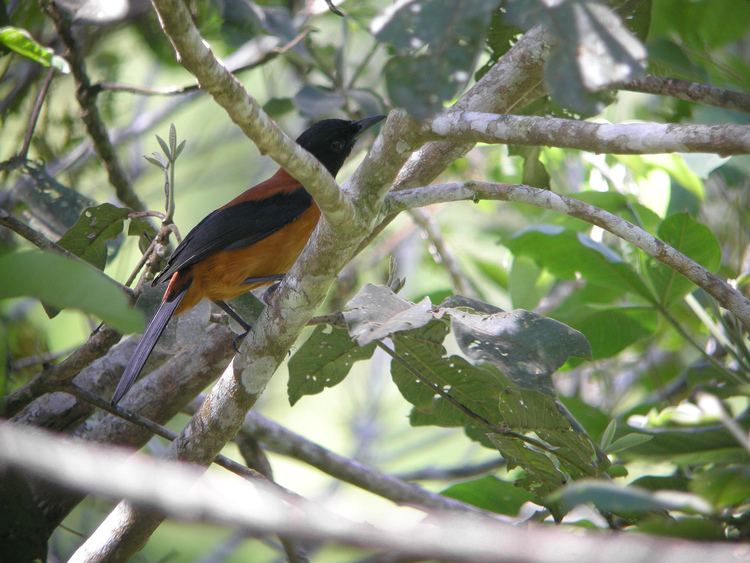 | ||
Lower classifications Hooded pitohui, White‑bellied pitohui, Northern variable pitohui | ||
The pitohuis are birds endemic to New Guinea.
Contents
- Pitohui a poisonous bird
- Taxonomy and systematics
- Oreoicidae
- Pachycephalidae
- Oriolidae
- Description
- Behaviour and ecology
- Relationship to humans
- References
Pitohui a poisonous bird
Taxonomy and systematics
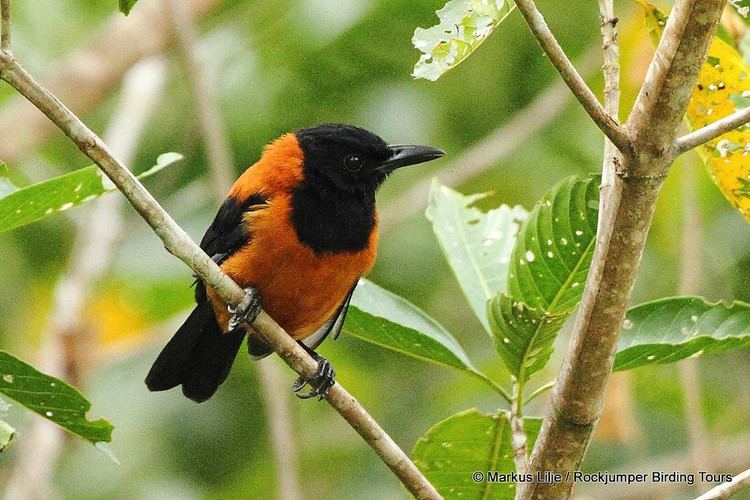
Six species were formerly classified together in the genus Pitohui, in the family Pachycephalidae. They were separated in 2013 when the genus and two of the species were re-classified in the family Oriolidae and three species remained in Pachycephalidae in the new genera of Melanorectes and Pseudorectes. One species was placed in the family Oreoicidae.
The species are now separated into three families as follows:
Oreoicidae
Pachycephalidae
Oriolidae
Description
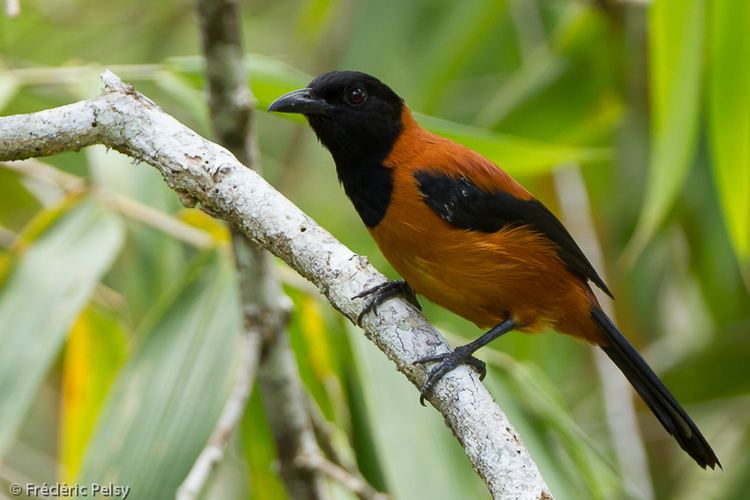
They are brightly coloured, omnivorous birds. The hooded pitohui is brightly coloured, with a brick red belly and a jet-black head. The variable pitohui, as its name implies, exists in many different forms, and 20 subspecies with different plumage patterns have been named. Two of them, however, closely resemble the hooded pitohui.
Behaviour and ecology
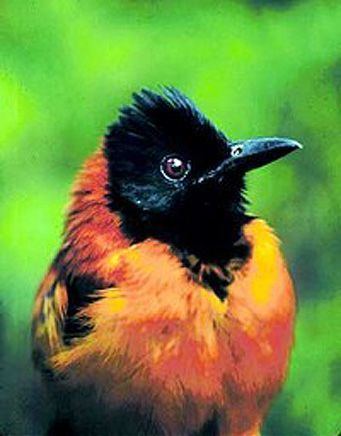
The skin and feathers of some pitohuis, especially the variable and hooded pitohuis, contain powerful neurotoxic alkaloids of the batrachotoxin group (also secreted by the Colombian poison dart frogs, genus Phyllobates). These are believed to serve the birds as a chemical defence, either against ectoparasites or against visually guided predators such as snakes, raptors or humans. The birds probably do not produce batrachotoxin themselves. The toxins most likely come from the beetle genus Choresine, part of the birds' diets.
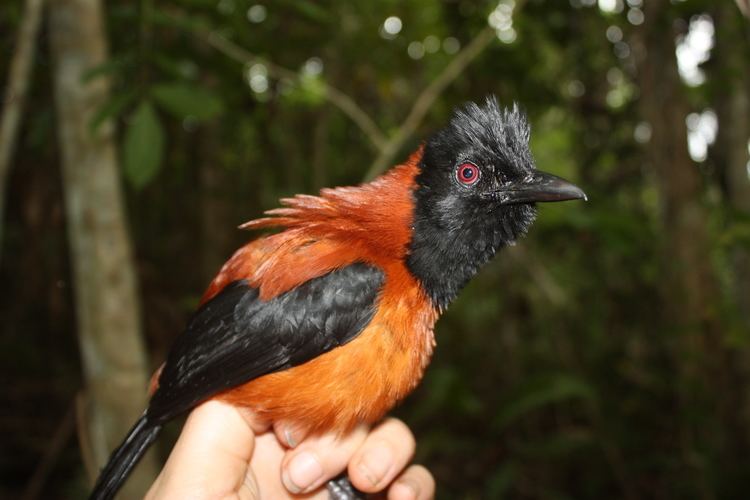
The birds' bright colours are suggested to be an example of aposematism (warning colouration), and the similarity of the hooded pitohui and some forms of the variable pitohui might then be an example of Müllerian mimicry, in which dangerous species gain a mutual advantage by sharing colouration, so an encounter with either species trains a predator to avoid both.
Relationship to humans
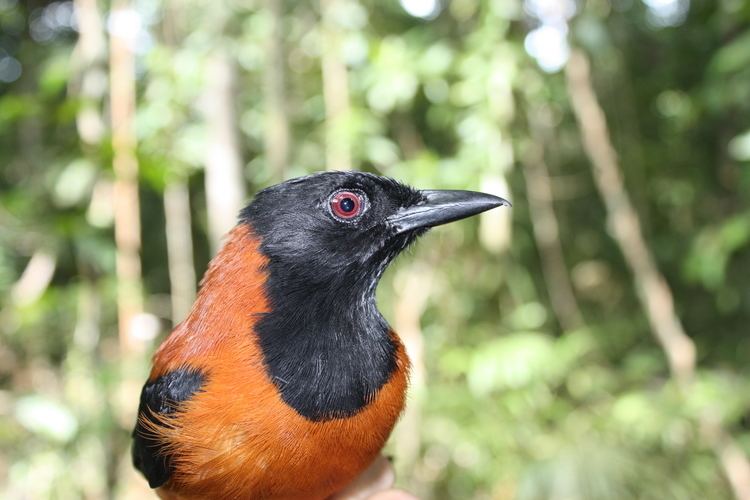
Due to their toxicity, Papua New Guineans call the pitohuis rubbish birds as they are not good for eating; in desperate times, though, they can be consumed but only after the feathers and skin are removed and the flesh is coated in charcoal and then roasted. (Piper, 2007)
